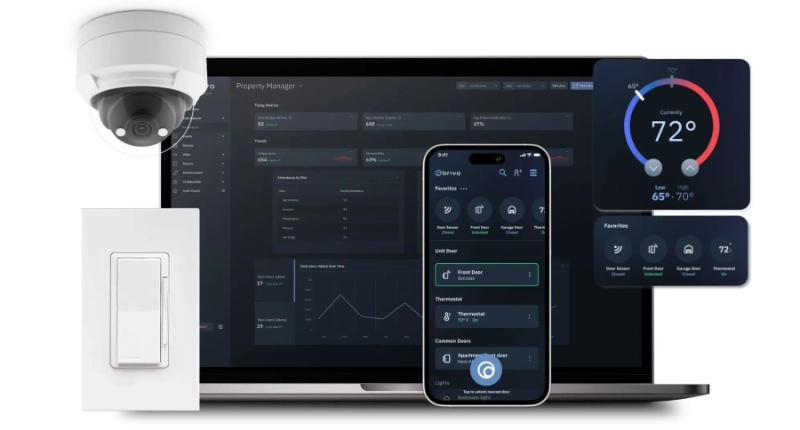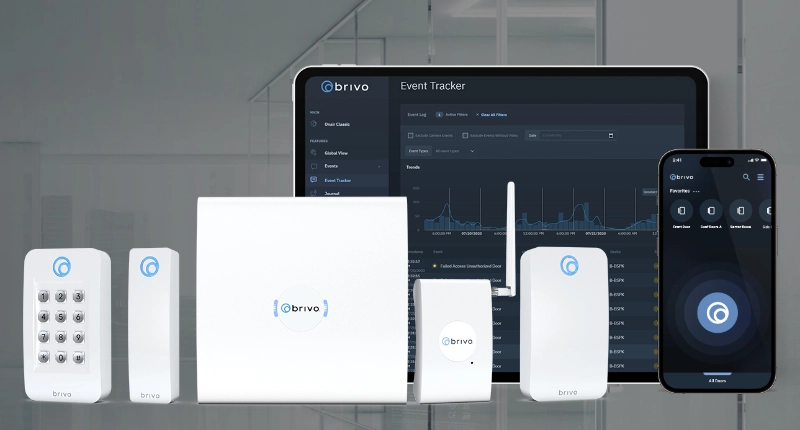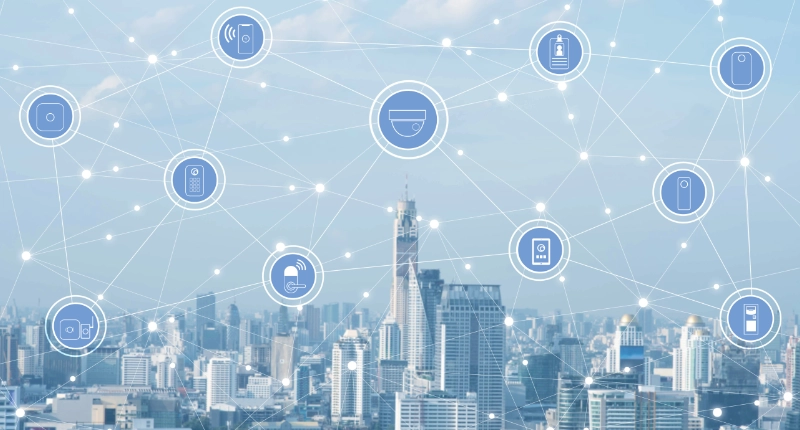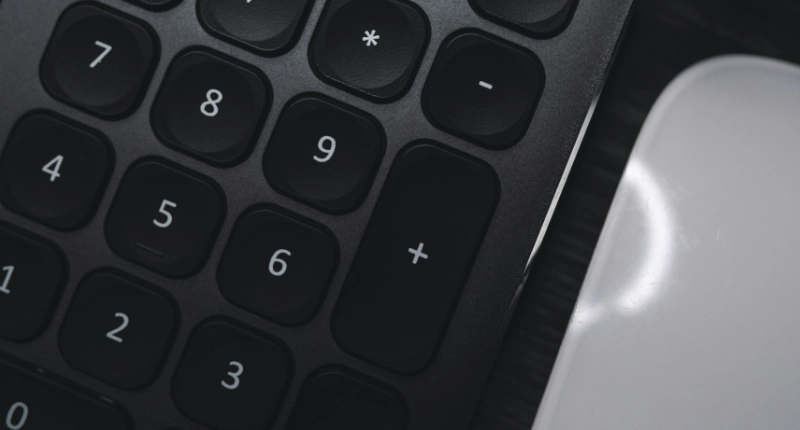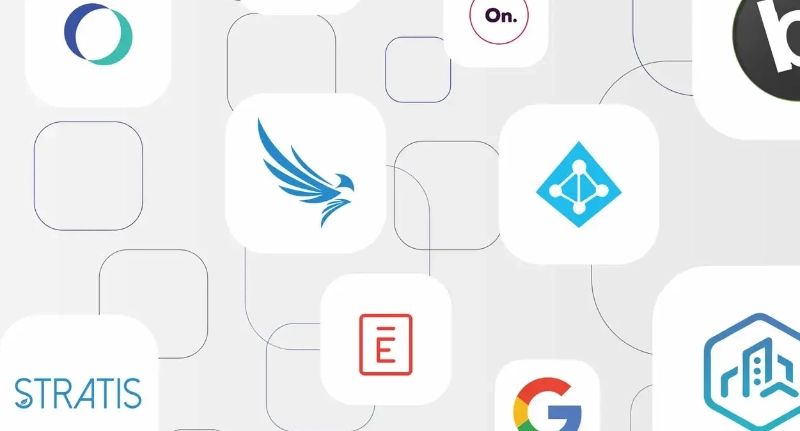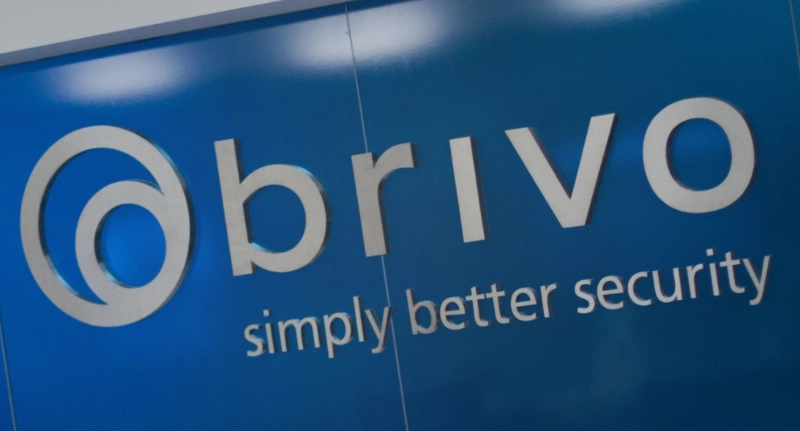Some 315 million Americans have been quarantined for weeks as COVID-19 has swept the nation. Slowly, states are starting to lift restrictions, eager to restart their economies. Experts, however, warn that the public health stakes are still high. As people trickle back into businesses and offices, everyone is watching closely.
Data will be the key to getting life back to ‘normal.’ We will obviously need to keep tracking infections and deaths. But we also need to monitor human interactions. We need data to understand where people are going, and how frequently. With no vaccine in place, we have to fight this pandemic by understanding human behavior, and changing it as needed.
Brivo can provide this critical behavioral data. Through its building access data, Brivo can see what types of businesses are astir, and to what degree. Brivo is sharing that data with the nation, in hopes that it will help shed light on a path to recovery.
What we know so far
This week, all 50 states began lifting their quarantine restrictions to varying degrees. Though it’s still early, Brivo is monitoring activity in every state, which you can view here.
For example, we can see that South Dakota is leading the pack when it comes to resuming activities. In that state, building activity is only 11% lower than before the pandemic. That makes sense considering South Dakota has the nation’s lowest number of restrictions, according to data from WalletHub.
Beyond physical location, Brivo can also see what types of businesses are most active. This data reveals big picture trends across the nation. In many states, salons and gyms have been among the first businesses to reopen. Brivo is therefore tracking those, which you can see here.
So far, Brivo data shows that hair and beauty salons are only 12% lower than normal. Gym activity, however, is still 60% lower than normal — but on an upswing with a 29 point gain since its low point in April.
The reopening of schools, daycares and worship centers have also dominated the headlines. Given the large crowds at each, these present unique public health concerns. Brivo is closely tracking activity at these facilities, which you can see here.
According to Brivo data, worship centers are starting to see an uptick, albeit slight. Activity is still 63% lower than normal, but that’s on par with the levels in late March, when quarantines were just barely starting to take effect. This suggests an upward trend, which Brivo will continue to track.
Lastly, Brivo mapped its data to show the pandemic’s impact on commercial real estate. Here, you can see the staggering drops in the number of daily active users entering workplaces, schools and places of worship.This allows you to see the sheer magnitude of this pandemic in a new light.
How to use this data
While it is impossible to know how COVID-19 will play out, experts are predicting that infections will come in waves. Marc Lipsitch, an infectious disease epidemiologist at Harvard’s T.H. Chan School of Public Health, says “it’s going to be a matter of managing it over months to a couple of years. It’s not a matter of getting past the peak, as some people seem to believe.”
It seems Americans are hunkering down for the long haul, too. An NPR poll recently found that two-thirds expect a return to ‘normal’ life to take at least six months. The same poll found that as the nation reopens, 77% of Americans are still worried about a second wave to infections.
In that vein, understanding data can help us contain and even prevent infections in the coming months, or possibly years. Already, we have learned so much about how to manage this pandemic by controlling human behavior. Knowing how and when to control that behavior takes sound leadership, empowered by accurate, timely information.



